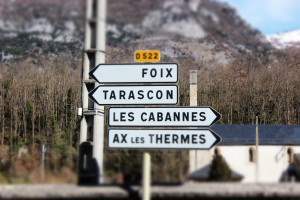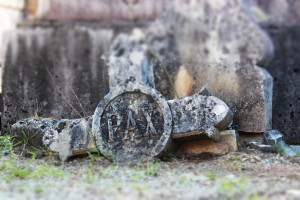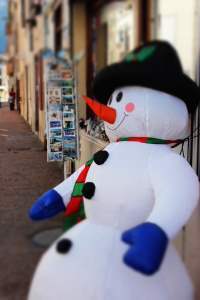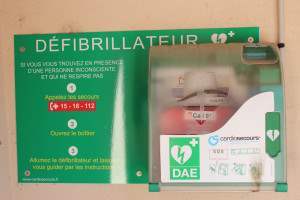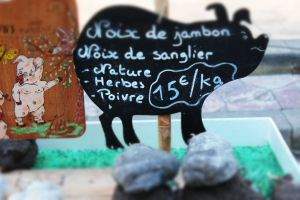I had decided to post only when I had some good news. However another month has passed by and the question still remains - What is happening with the building permit? The short answer is 'not much.' The architect from the Historic Monuments has our dossier and still it is a waiting game.
Naturally this is disappointing. The chateau continues to deteriorate as well as our Aussie dollar!!!
i have just arrived in France today. Will keep you posted....
